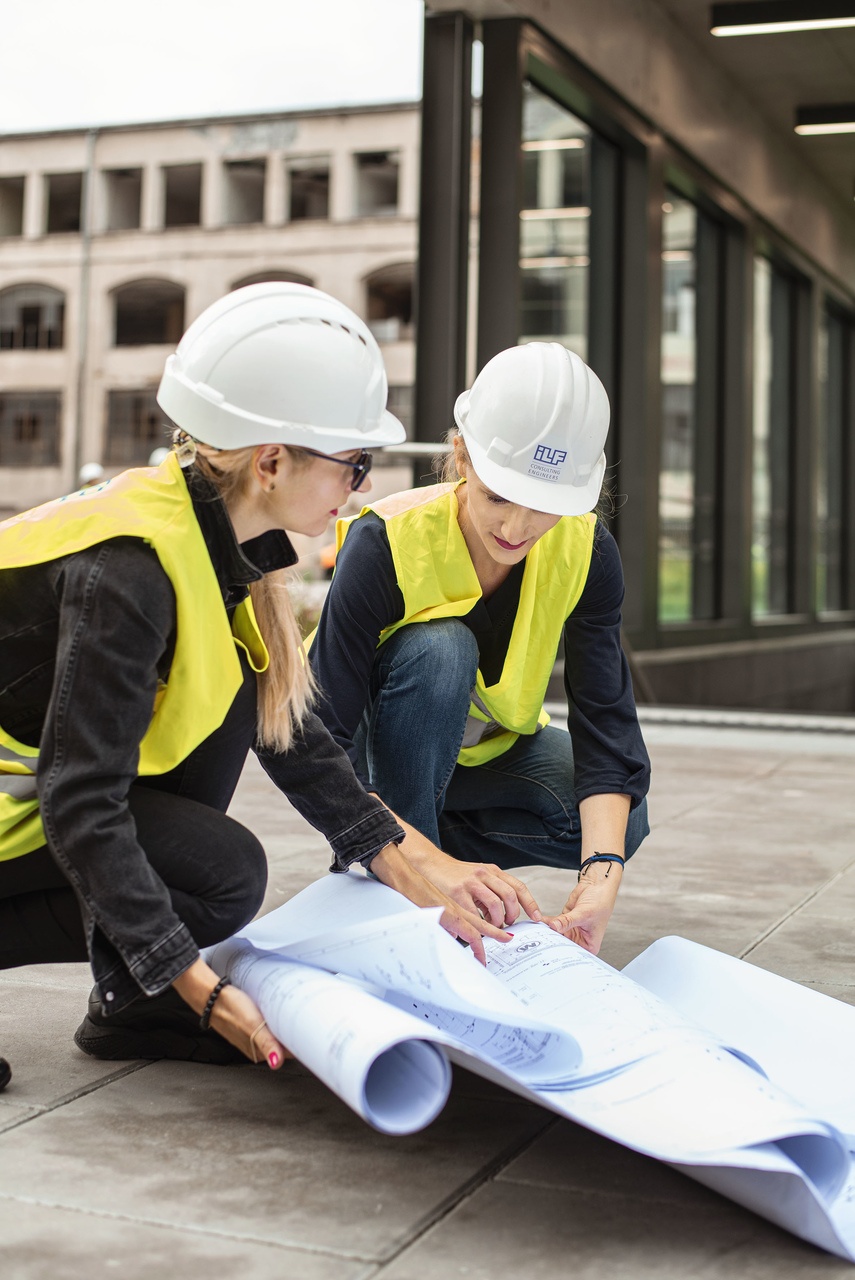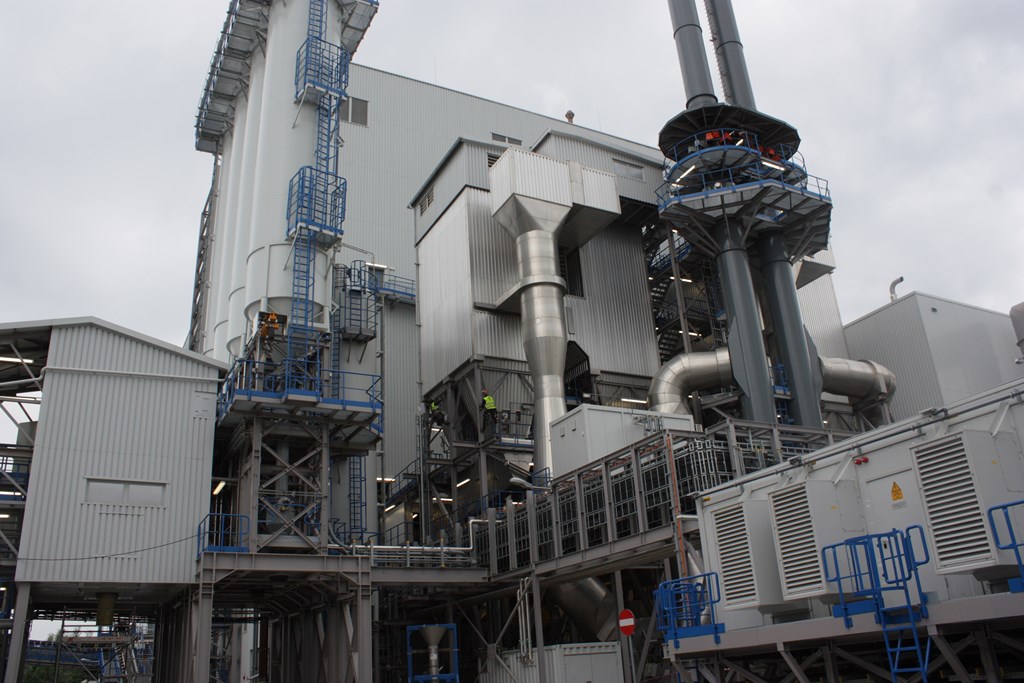Connection of Siekierki CHP plant with high-voltage power line
moreOn June 15, 2022, PGNiG Termika S.A. and ILF Consulting Engineers Polska Sp. z o.o. signed a contract for the preparation of a feasibility study for the construction of a high-voltage power transmission line connection between the new Siekierki CHP plant and the Piaseczno-Mory line. ILF Poland will prepare several variants of this investment and recommend the optimal solution in terms of planning, technological, social and environmental aspects.
The feasibility study will include the construction of a new 220 kV double circuit power transmission line from a new 220 kV switchyard to a cut in the 220 kV Piaseczno-Mory line in the Sokolow area near Janki, as well as the construction of a line to connect a new gas/steam unit to this switchyard. Three options for its location will be considered.
For each variant ILF Poland will elaborate the basic parameters of the line, present technical solutions, technologies for their construction (cable lines, overhead lines or mixed solutions) and proposed route variants:
– the variant using infrastructure corridors of other line facilities,
– the variant with the least interference with housing development,
– the variant with the least interference with natural areas.
ILF Poland will also indicate the optimal scenario – the recommended and compromise variant, taking into account (as much as possible) all investment aspects: technological, cost, social and environmental.
We always consider the impact on residents and environment in our work. This is obvious. We are focused on minimizing interference with housing developments and valuable natural areas. In terms of the cost and schedule of the investment, we will pay attention to the use of already existing infrastructure corridors of other line facilities, and we will consider different technological options: overhead lines, cable lines, and an option combining these two technologies into one” says Rafal Blankiewicz, Managing Director of ILF Poland.
In recent years there is increasing aversion directed against the construction of new high-voltage overhead lines. Public expectations that the power grid should be extended as a cable network are growing. This is a more expensive solution, but socially and environmentally favorable.
The study will provide a comparative assessment of all options with their detailed SWOT analysis, including a comparison of costs and conditions for execution. The recommended option will balance the issues of technical solutions, execution time, work estimates and capital outlays, social, planning and environmental factors. In addition, the study will include an analysis of electromagnetic field distribution and noise in the line’s surroundings.
PGNiG Termika’s investment, for which ILF Poland will carry out the feasibility study, is a response to the energy demand of the Warsaw agglomeration and central Poland, which is growing every year. The expansion is key to maintaining an efficient power supply system and raising the level of energy security, especially in emergency conditions. International requirements and the adaptation of existing and planned lines to EU standards are also important, as they are a component of the European transmission infrastructure.
PGNiG Termika S.A. is a leading provider of heat and electricity from high-efficiency cogeneration in Poland, and the Siekierki CHP plant included in the investment is the largest plant of its kind in the European Union. The new double circuit high-voltage power transmission line will eventually be owned by PSE S.A.
Completion of all works is planned by ILF Poland for December 2023.


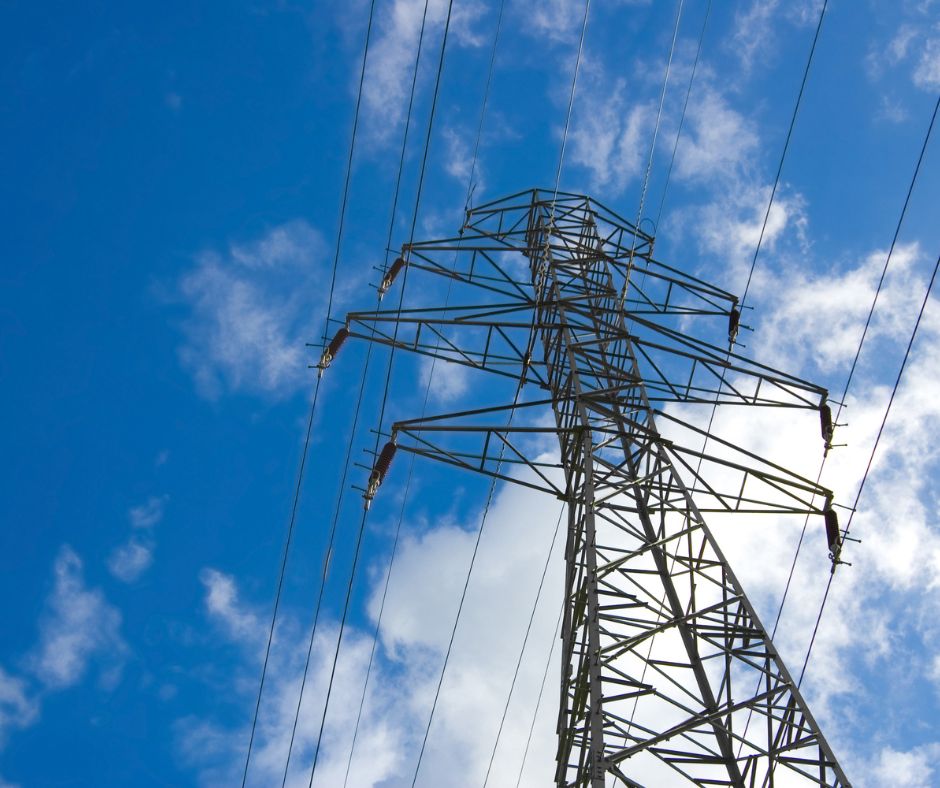

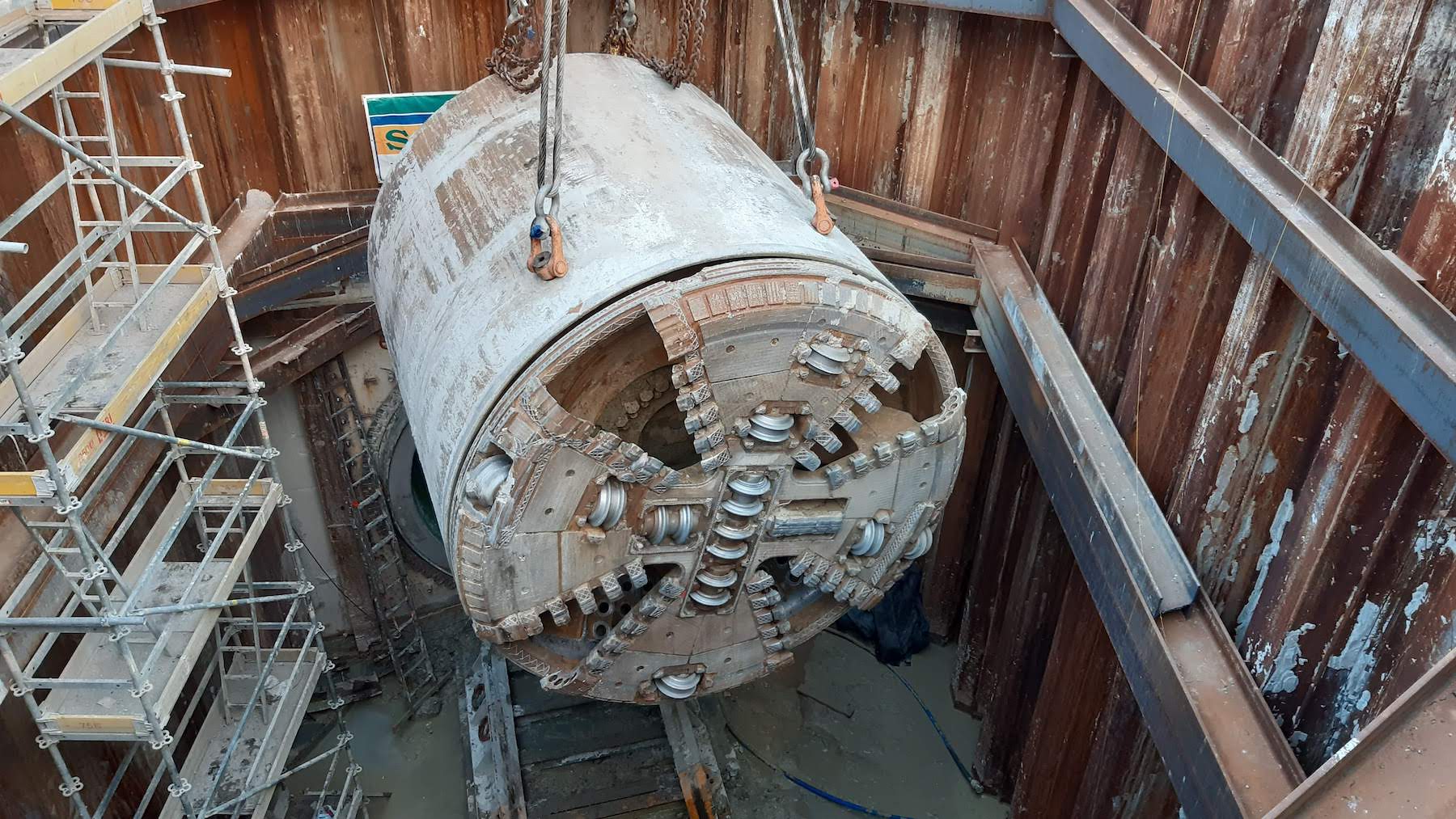

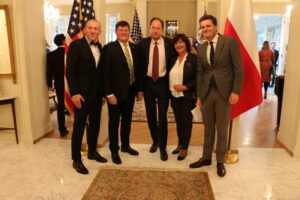
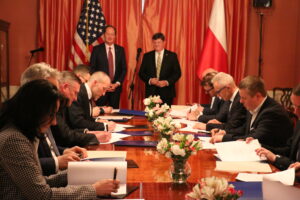



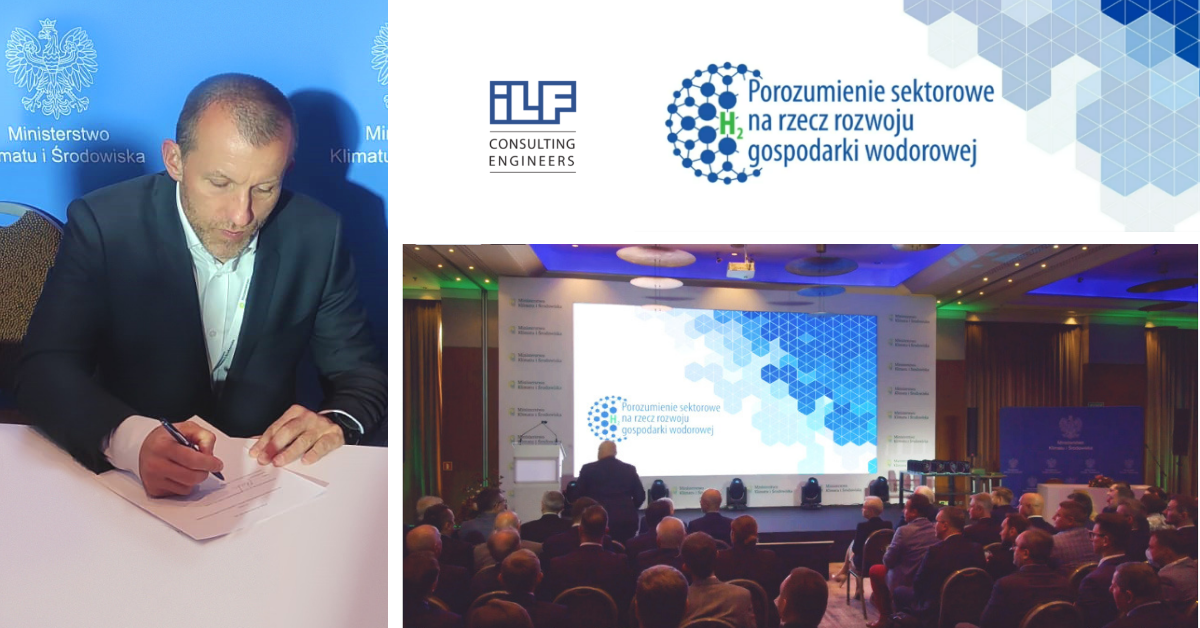




![urban4 [Converted] urban4 [Converted]](https://www.ilf.com/wp-content/uploads/2021/08/21.07.2021_graf-inf.prasowa_shutterstock_704602936-1920x1440.jpg)


